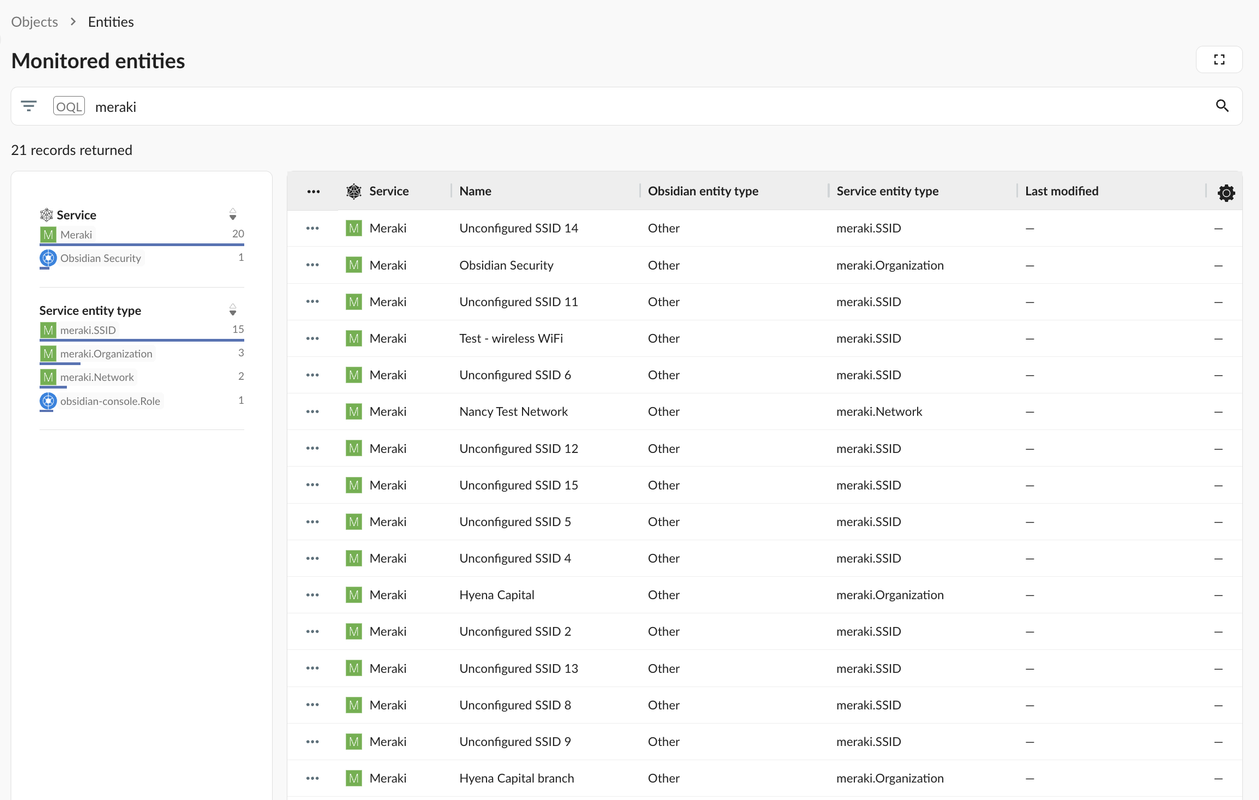
Fragmented Meraki security controls leave critical risks:


Meraki empowers cloud access and visibility, but also introduces risks from excessive access and third-party code. Obsidian’s SaaS-native security stack continuously monitors token usage, enforces secure configurations, and delivers identity-aware detection to help organizations mitigate modern SaaS threats.